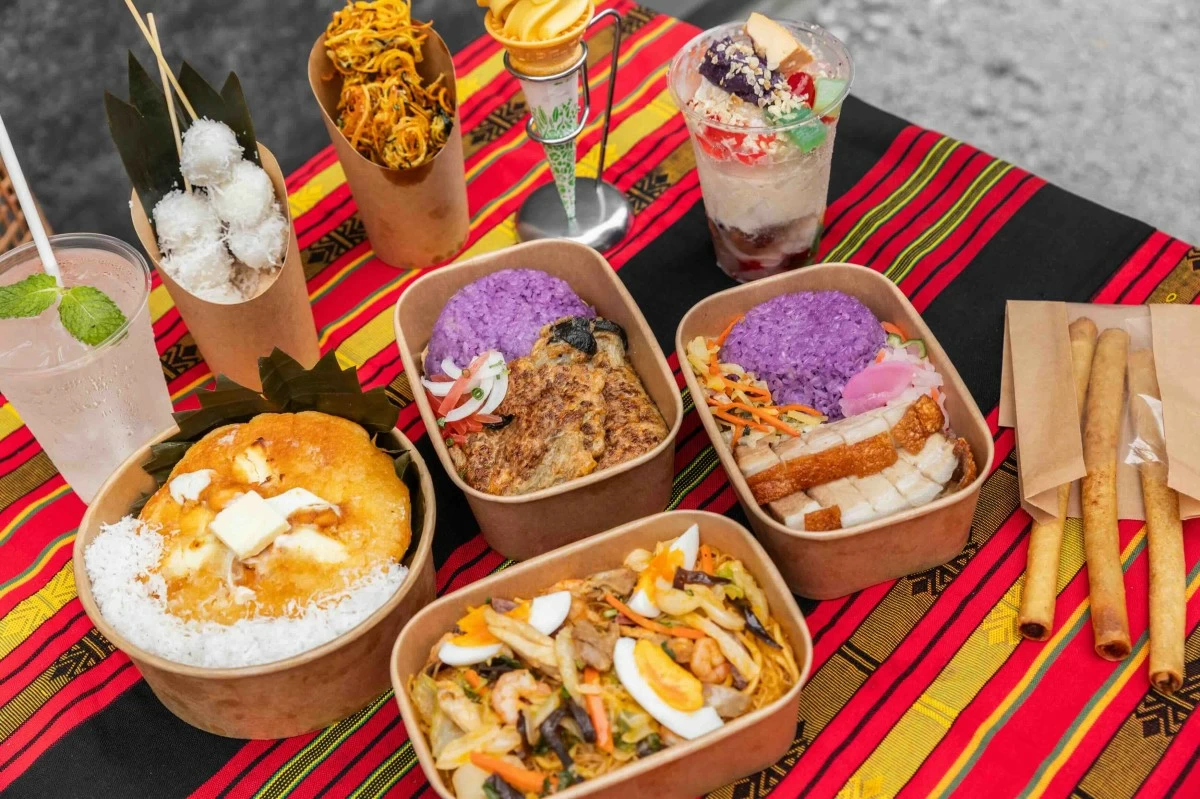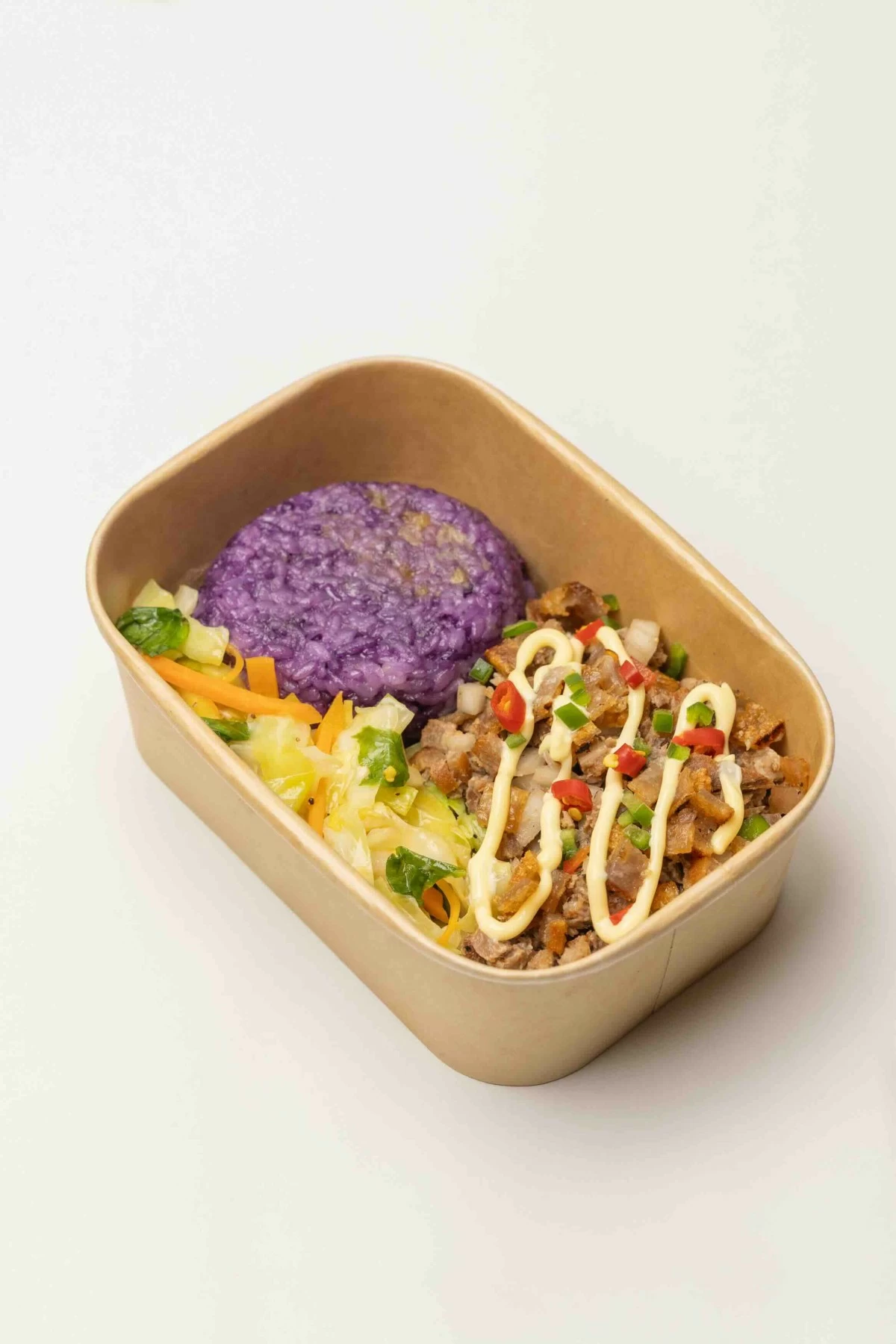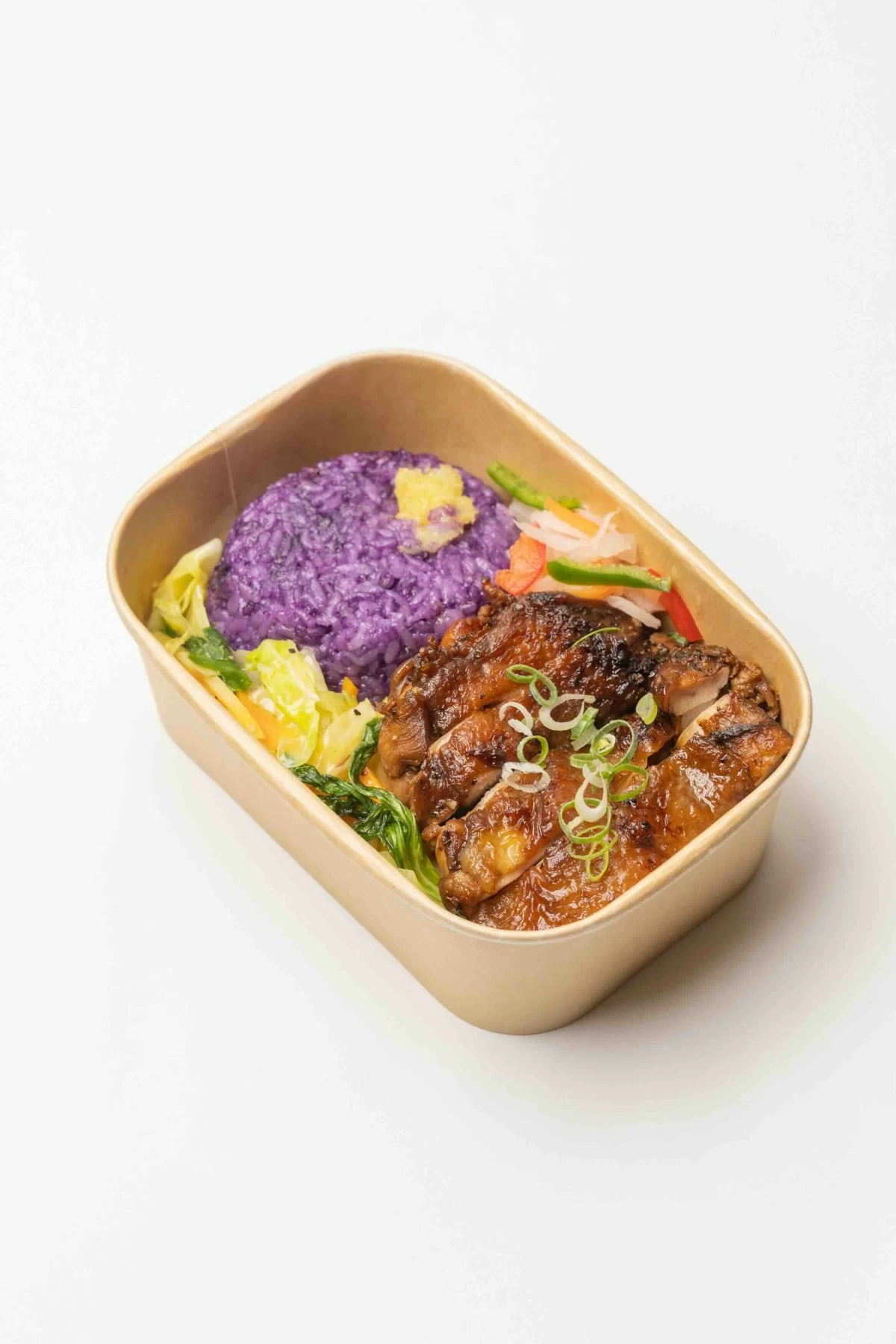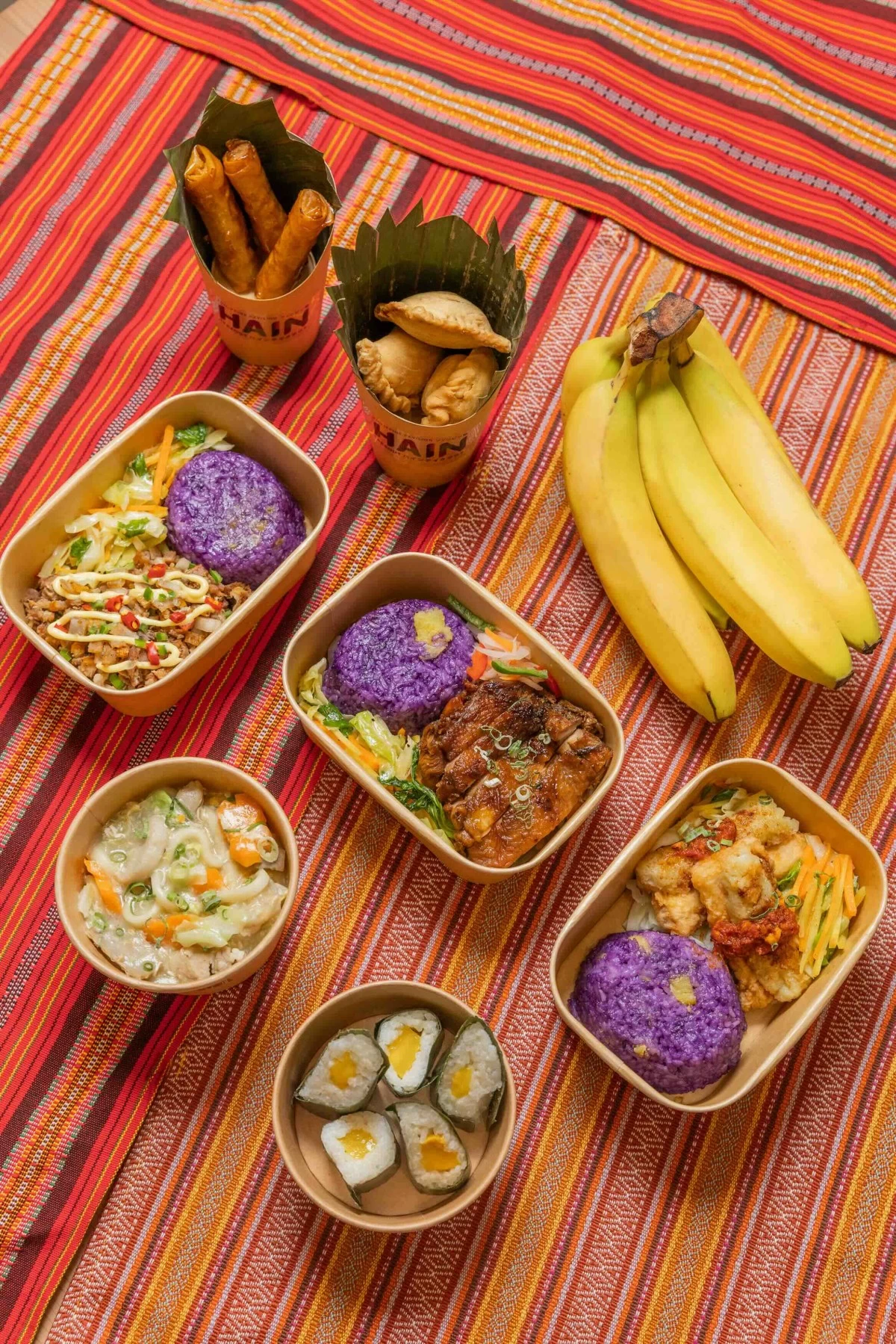
Upgrade to High-Speed Internet for only ₱1499/month!
Enjoy up to 100 Mbps fiber broadband, perfect for browsing, streaming, and gaming.
Visit Suniway.ph to learn
Tourism Promotions Board and Via Mare showcase a bento of tradition and taste
At Expo 2025 in Osaka, the Philippine Pavilion is serving more than food. It is offering memory, pride, and a taste of home through Hain, a take-out concept operated by Via Mare and supported by the Tourism Promotions Board (TPB) Philippines.
“Hain,” which means “to serve” in Filipino, carries the soul of the country’s culinary traditions into a modern bento-style format. Visitors encounter a box that feels Japanese in discipline but remains Filipino at its heart.
The collaboration between TPB and Via Mare rests on a shared respect for heritage. The bento format was chosen for its clean aesthetics and global familiarity, yet each bite tells a Filipino story. “Curating the menu was a labor of love,” said Antonio Laron, restaurant manager at Hain. “We had to balance flavor profiles, textures, and visual appeal, all while ensuring the dishes remained satisfying in compact portions.”

Lechon Bisaya, Lumpiang Binondo, and Bam-I Guisado
The box opens with favorites that translate well across cultures. Lechon Bisaya, roasted pork with deep crackling flavor, sits alongside Lumpiang Binondo, rolls echoing the spring rolls of Southeast Asia. Bam-I Guisado, a Visayan noodle dish with a savory profile, ties the trio together. Recognizable, approachable, yet distinctly Filipino.
The menu then ventures further into regional cooking. Inasal na Manok, grilled chicken marinated in a tangy mix from Bacolod and Iloilo, shares space with Sisig, chopped pork jowls crisped and seasoned into a dish that defines comfort. Pinaputok na Tilapia follows, fried to golden skin and packed with herbs and spices until it bursts with aroma.
Smaller bites add variety. Empanaditas, turnovers filled with meat and vegetables, are easy to hold and satisfying to eat. Two soups soften the edges: Pancit con Caldo, egg noodles in a broth with chicken and vegetables, and Pancit Molo, dumpling soup from the Visayas with a rich chicken stock.

Sisig, a crunchy and flavorful dish from chopped, well-seasoned pork jowl

Inasal na Manok, a regional savory favorite from Bacolod and Iloilo

Pinaputok na Tilapia fried to golden perfection and bursting with aromatics
Desserts close the journey. Turon, bananas and jackfruit wrapped in spring roll pastry and fried crisp, contrasts with Suman at Mangga, sticky rice in coconut milk paired with ripe mango. Both dishes remind Filipinos abroad of home and give newcomers a sweet introduction to the country’s food culture.
For many, the box is more than a meal. “It’s about giving people, especially those new to Filipino food, a way in. A way to experience not just a dish, but a story told in parts that, together, form a more vivid whole,” Laron said.
Beyond comfort, Hain is an ambassador. It positions Filipino food as adaptable and refined while staying authentic. “Presenting it in a format that is modern yet mindful helps dispel stereotypes and elevates our food to the recognition it deserves—not just as comfort food, but as a reflection of our culture, history, identity, and creativity,” Laron added.

Fresh flavors at Hain ranging from savory delights to sweet treats
Located at the Empowering Lives Zone near the East Gate, the pavilion runs until October 13, 2025. The organizers invites visitors to take part in this taste of heritage, a multi-sensory journey meant to showcase the Philippines not only as a travel destination but as a culinary voice on the world stage.

 1 week ago
10
1 week ago
10



